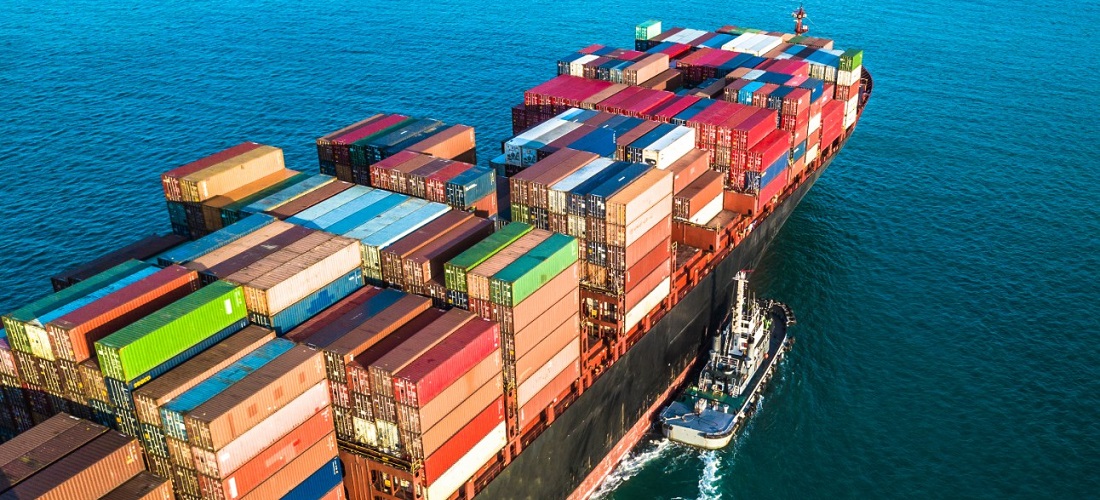
Brazil registers worst trade balance in five years
Feb, 03, 2020 Posted by Sylvia SchandertWeek 202006
January 2020 saw Brazil register total foreign trade at US$ 30.6 billion. According to trade balance data released on Monday (02/03) by the Ministry of Economy’s Foreign Trade Secretariat (Secex), the country registered a trade deficit of US$ 1.7 billion in the month, influenced, to a large extent, by an oil platform imported for US$ 2 billion.
Total exports in January 2020, reached US$ 14.4 billion, below January 2019 numbers. There were drops in the sale of oil platforms (-US$ 1.3 billion), crude oil (- US$ 592 million), pulp (-US$ 445 million), corn (-US$ 270 million) and soybeans (-US$ 255 million).
Over the last 12 months, Brazil’s foreign trade volumes decreased by 7.3%, resulting from factors such as: (1) structural adjustments in the trade relationship between the largest economies in the world, with increased global uncertainty and adverse developments in GDP growth in international trade. (2) On the domestic front, there is an economic recovery taking place, with a clear impact on the country’s trade balance. (3) The challenges facing the Argentine economy, the main market for Brazilian exports of manufactured goods and its third largest trading partner. (4) The disease that affected the pig herd in China, Brazil’s biggest trade partner.
According to Secex’s undersecretary of Foreign Trade Intelligence and Statistics, Herlon Brandão, exports fell in January this year compared to the previous year because last year saw excessively high numbers. In the first month of last year, Brazil’s exported a large oil platform and registered an all-time record high in pulp exports (totalling US$ 1 billion). Additionally, lower than usual demand globally put downward pressure on international prices of commodities which combined with a drop in the volume of grain shipped from Brazil due to a harvest delay and greater domestic demand.
Imports totaled US$ 16.1 billion in January, with foreign purchases up 4.5%, maintaining a growth trend already observed in 2019. The acquisition of intermediate goods fell 3.4%, while fuels dropped 15.3%. On the other hand, purchases of capital goods increased by 6.6% and consumer goods by 6.9%. The increase in capital goods and consumer goods reflect an economic recovery now more clearly underway, driven mainly by the increase in domestic demand.
[send-gallery id = “8429”]
-
Meat
Feb, 04, 2022
0
USDA: China’s chicken imports are expected to rise 2% in 2022
-
Grains
May, 17, 2024
0
Brazil agribusiness brake USD 15.2 billion record in exports
-
Shipping
Nov, 08, 2023
0
Brazilian ministries announce extended lifetime for Report tax incentive
-
Oil and Gas
Apr, 25, 2019
0
88km Vaca Muerta pipeline inaugurated next week


